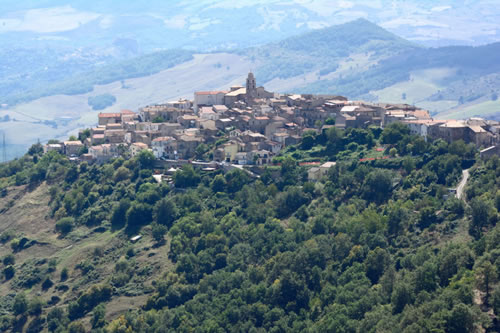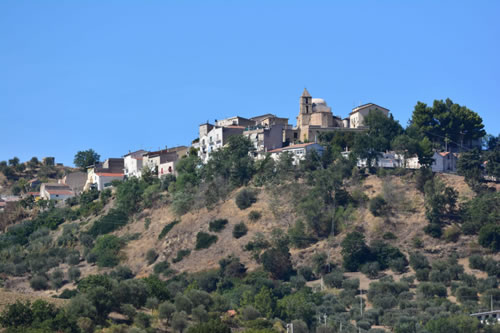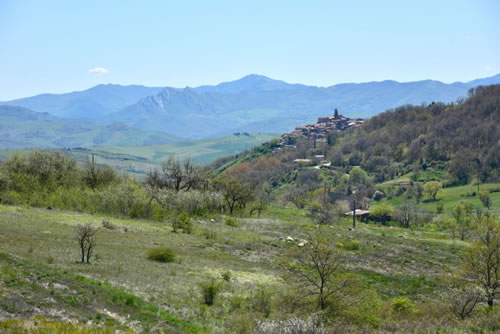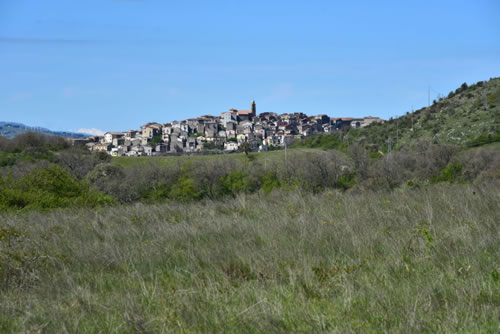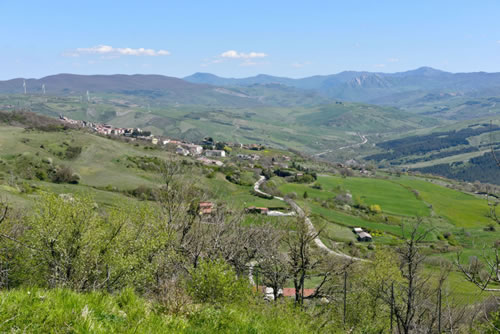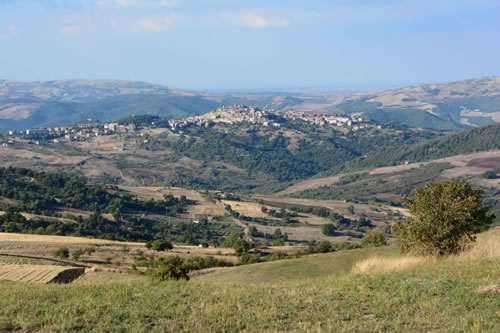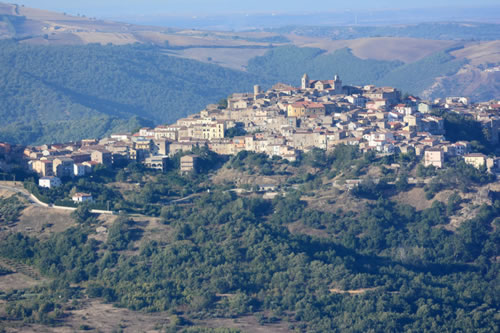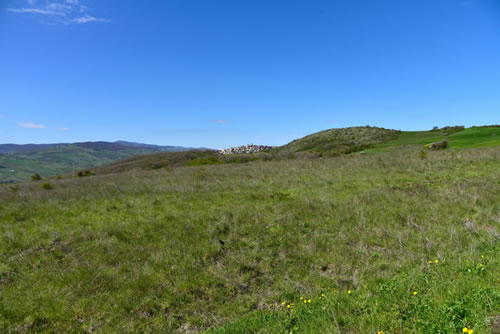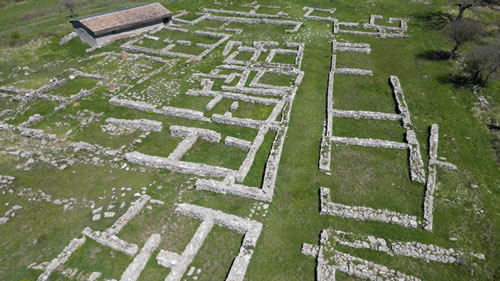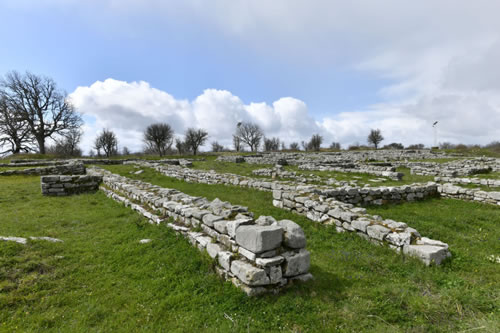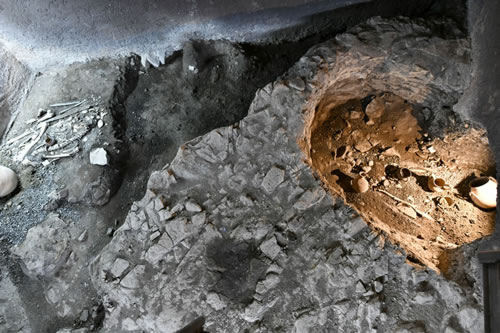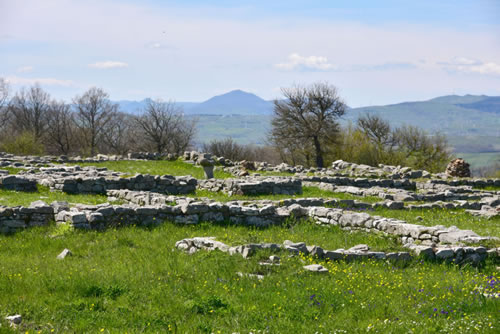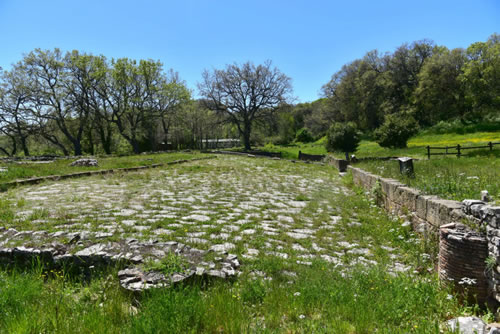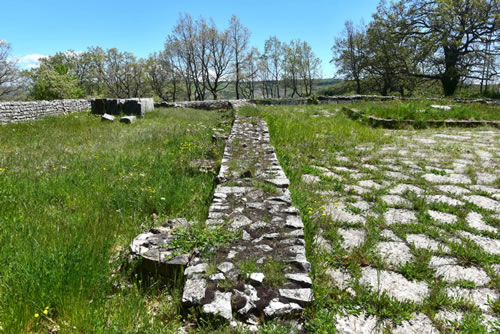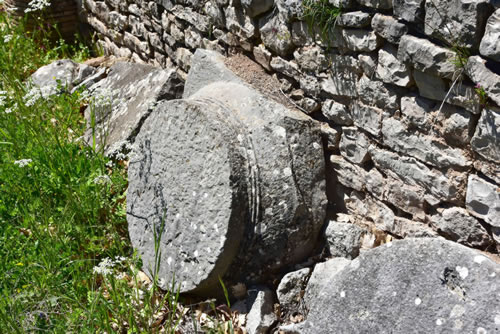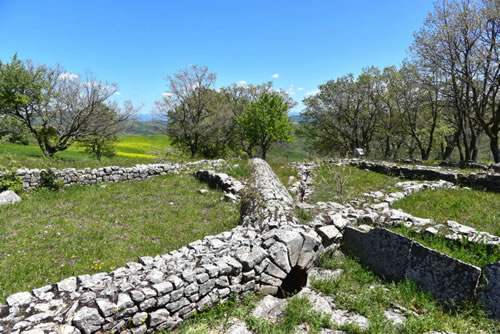La Dimora dei Cavalieri is located in the Municipality of Vaglio Basilicata (2,320 inhabitants at 954 meters above sea level) in the province of Potenza.
History
Ancient feud belonged to several lords who have alternated in power since ’200 after the ancient settlement was destroyed by the Angevins. It is a few kilometers from the regional capital which apparently had its ancient origins in the Neolithic own in Serra di Vaglio. Even today Vaglio retains much of its ancient spontaneous architecture. The Mother Church: dedicated to St. Peter is a sixteenth century and preserves in its interior works such as the Madonna of the Rosary (1582) and The Holy Family (1580), made by the artist Antonio Stable. Behind the high altar you can admire an interesting carved at the bottom of which there is a nativity De Laurentis dating back to the first three years of the 1600s. The former Convent of Sant’Antonio Abate with the adjoining single-nave church altar shows a sculpture of the saint of the seventeenth century and some paintings of 1600 by Francesco Paterno and Attilio De Laurentis .
Inside emerge polychrome six altars and the pulpit, the choir and the monastic grateful . Interesting is the main facade of the Church and the portal of 1636. The Church of San Donato: Small but charming stone building built in 1553, contains in its interior a statue of the saint of the sixteenth century and a carved altar from 1587.
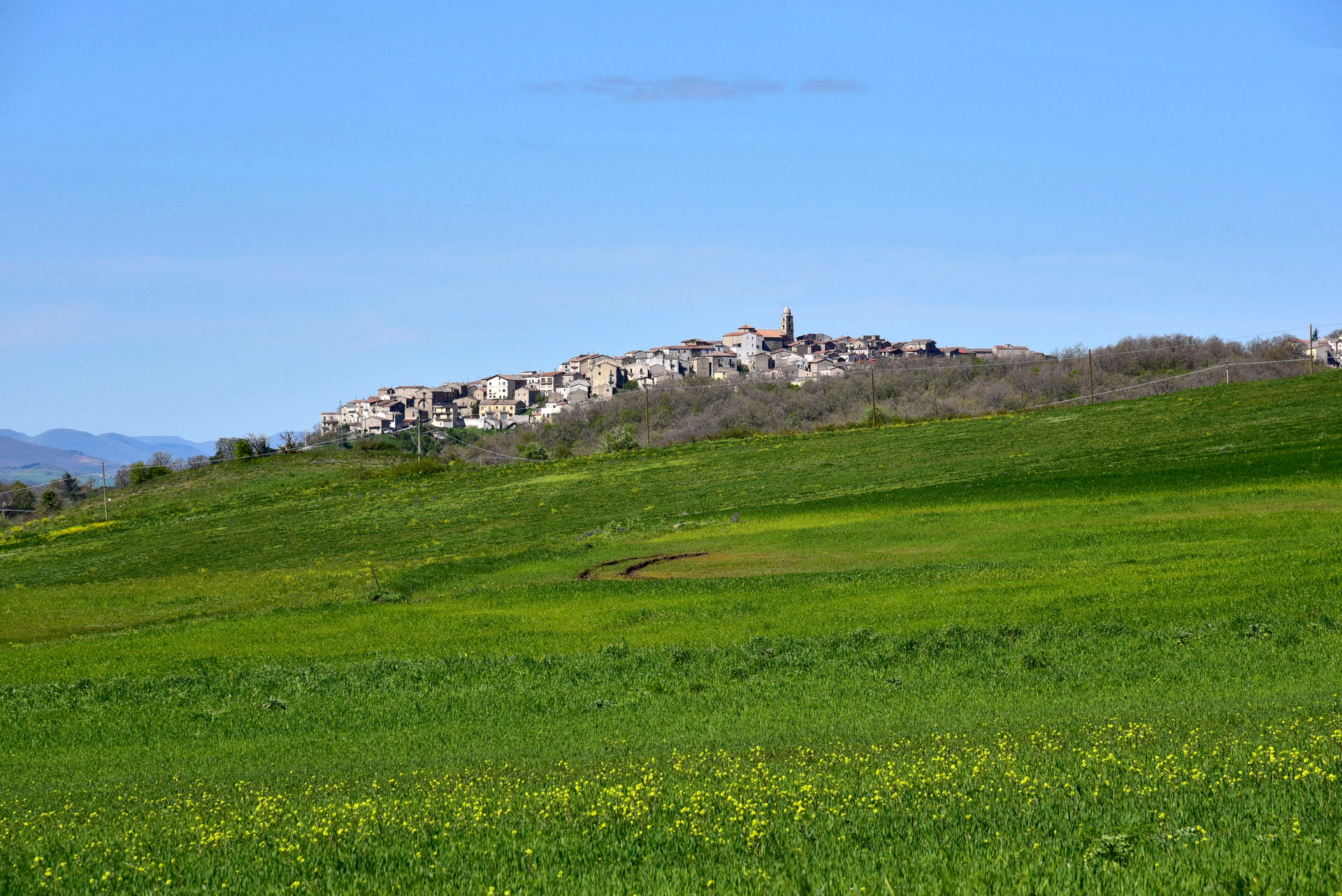
Archaeological areas
At
Serra di Vaglio: which is around 4 km from the town were found the remains of an indigenous settlement dating back to a period between the X and the third century BC. Here, in addition to foundations of ancient dwellings is visible a fortification constructed with blocks of dry stone about 7 km long (VI century BC.) While in the most downstream were found some burials belonged to nobles and warriors as evidenced by the fibulae, jewelry and women’s hairstyles as well as the armor edges for horses. In the surrondings of Vaglio, in the village of
Macchia di Rossano, was found a monumental sacred complex of the fourth century BC. dedicated to the goddess Mephitis. In this temple, as well as religious practices were also held functions of a political and social, which covered many indigenous peoples of the area.
Most of the excavations at Serra di Vaglio and Rossano began only around the middle of the last century and in the opinion of experts, it seems that much is still to be discovered. Vaglio Basilicata is definitely one of the most important centers in Basilicata from archaeological point of view and there are many scholars (including foreig ) interested in this great cultural heritage.


 Home
Home

